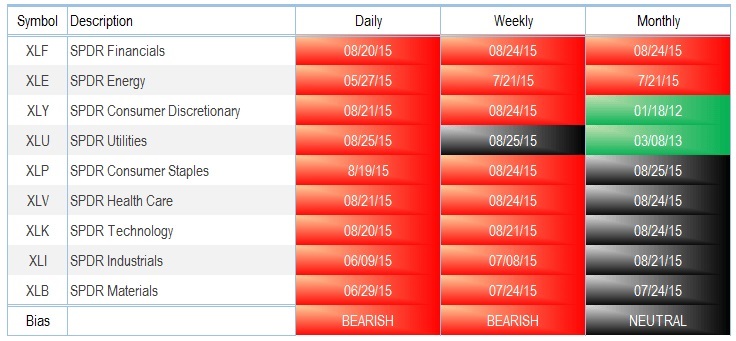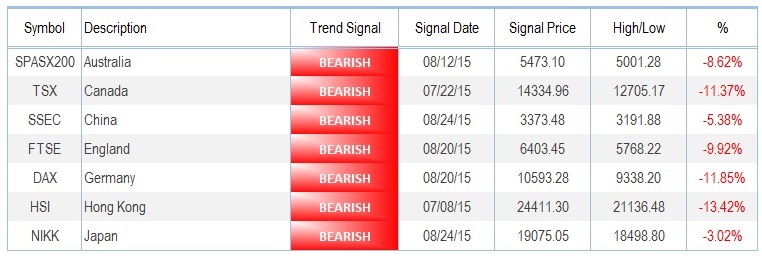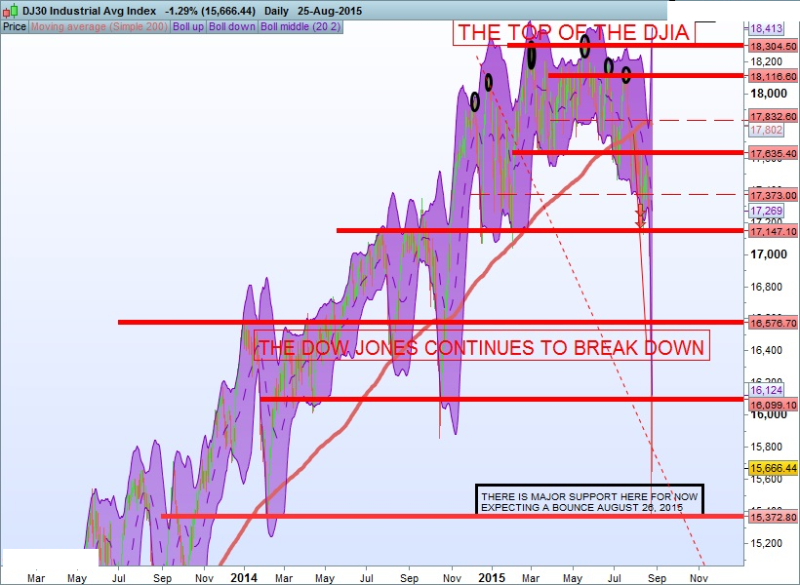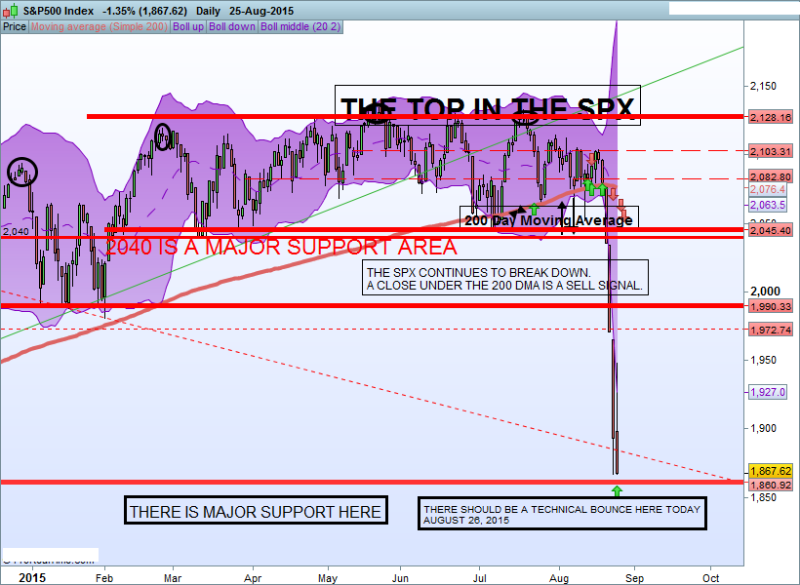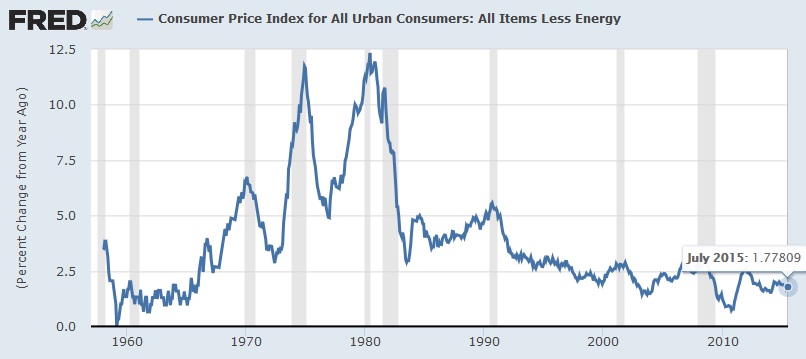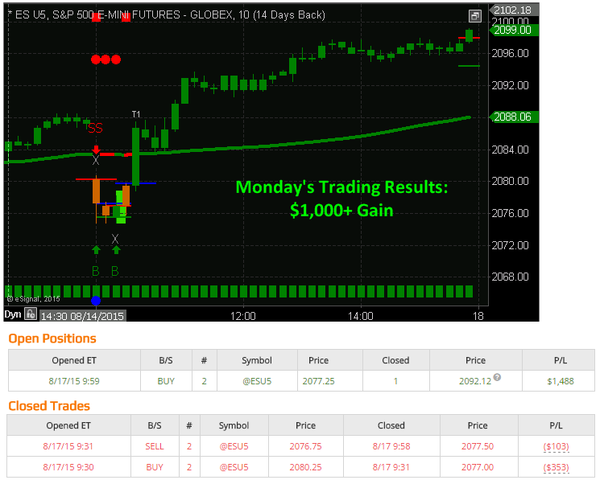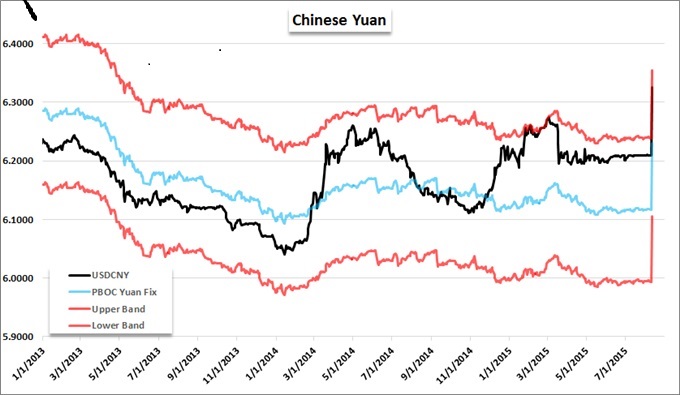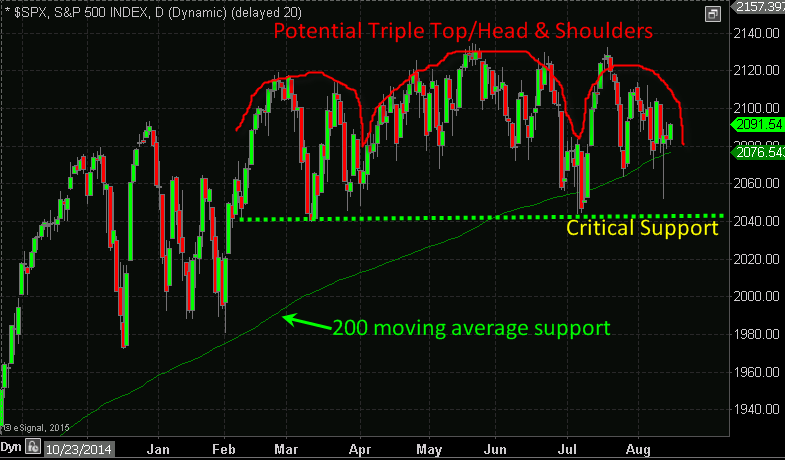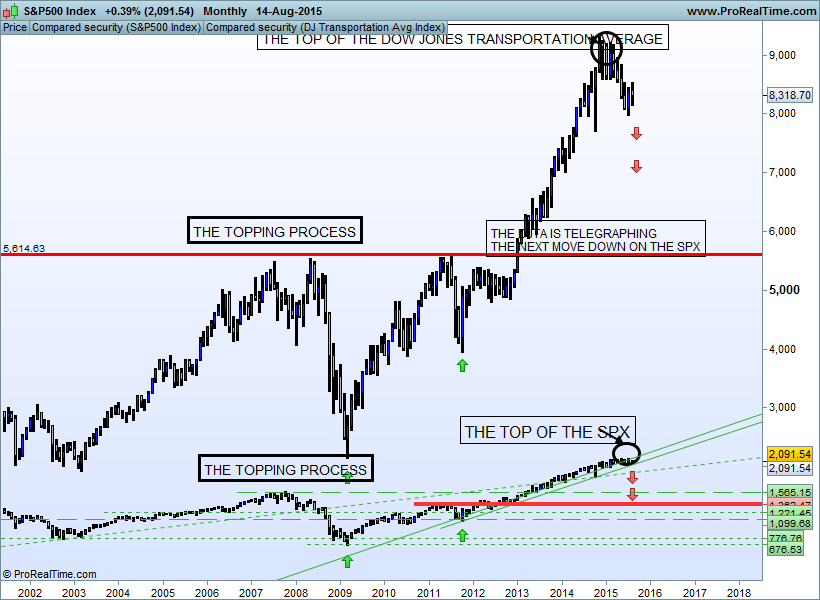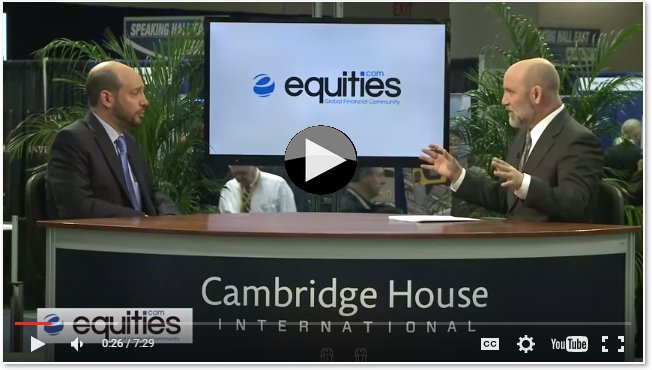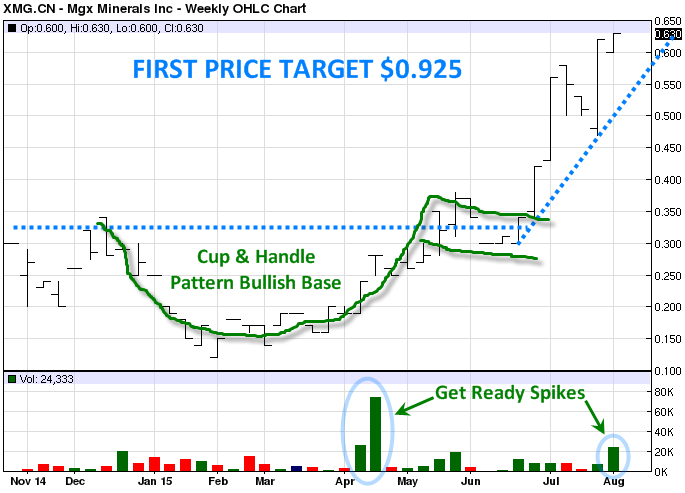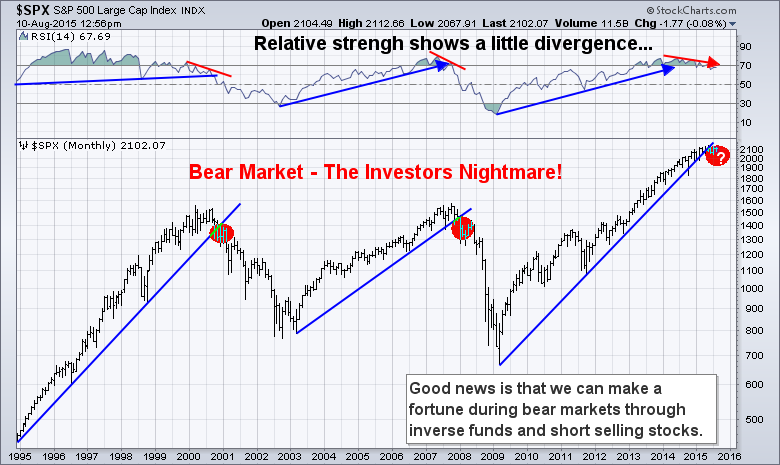U.S. stocks closed lower Tuesday after a failed attempt to rally from the Dow’s worst 3-day point decline. It’s something I have not seen since the 2008 GLOBAL financial crisis.
The market had its first rally of the downtrend yesterday but it would be a BIG mistake to get bullish for new long-term investments at this point. The major trend is down. The odds favor that this is to be only the first phase of the decline. Today’s rally could take us to 1965 – 2040 level on the SP500. I will be taking short positions in the US markets soon.
GLD has retraced a good portion of its move to 112 as it almost printed 107.. GLD looks as if it is just starting a new downtrend looking for a count to 100/101. It is still intermediately CONFIRMED BEARISH. At this time, since we have new positions on, I prefer to wait till the metals hit bottom and its been CONFIRMED BULLISH before adding a new trade. Silver should have a nice pullback as well. SILVER has now turned Technical BEARISH today.
Please do not jump into the market before the time is up. As we are approaching the 7-year Jewish bear market cycle in the month of Tishrei (September-October), markets are destined to stay volatile. I will immediately inform you as to the turn date to short the US markets.
CURRENT SPX HEAT MAP
INTERNATIONAL MARKETS ALL CONFIRMED BEARISH !
In the last week-and-a-half, the S&P 500 lost nearly $2 trillion in market capitalization, with $900 billion in this week’s two trading sessions alone.
The Dow traveled another 1,600 points during Tuesday’s trading session which added to the 4,900 points the index traveled in down and up moves on Monday.
The SPX approached the low of the first phase of distribution. This is also working cycle wise. If there is a selling climax, I could see about 1830. This should be followed by a mid-decline rally to roughly 2000, about 50% of the decline from 2133 and my automated trading strategies has profited from this market crash.
Should the cycle(s) interpretation be correct (bottom late September/early October), I could then work on the second phase of the correction which would take into account the next phase of distribution and its downside potential.
When investors first experienced the financial crisis that occurred back in 2008, they could not foresee that it would reoccur once again, now in 2015. Currently, we are experiencing the next “Great Depression”. I am referring to this specific period of time that is happening now, as the bursting of the “Asset Bubble”. The bursting of this “Asset Bubble” will be more devastating, over time, than the total damage that had occurred during the “Great Credit Crisis of 2008”. This will devastate and destroy what is presently left of our middle classes.

I issued a FLASH ALERT back on August 5th, 2015 titled “Ugly Outlook – Global Economics, Quantitative Easing And Equities“. I stated that a large broad US Equity Decline may be ready to take place NOW! I also recently posted that there was a confirmation that the Dow Jones Industrial Average had ended its BULLISH rally, and therefore, had reached its “termination pattern”, which was BEARISH. We are now witnessing a classic case of an irrational financial bubble bursting.
Without any doubt, this is what I have been posting and sharing with you, for quite some time now. Our financial markets have been primed for this “crash”. The market’s gain and investment profits have now been eradicated for 2015 with this recent crash.
The Federal Reserve is now in uncharted waters. They are powerless and clueless as to what their next steps should be. They currently lack the knowledge and tools, at this point, to stop the severe continuing contraction within our economy. They have kept interest rates at 0% for far too many years. I fear that our economy could start experiencing interest rates in the negative territory which has already occurred in Europe.
The VIX is a gauge of FEAR. The break out of the Volatility Index (VIX) above 53, on August 24th, 2015, is a MAJOR warning sign that the magnitude of our financial and economic troubles are just beginning. The majority of our problems are soon to be revealed thereby reflecting that we are in an “Economic Deflationary Depression”.
These markets are under heavy distribution with increased heavy volume. This is a sign that institutions are selling large blocks of stock.
Money managers are selling their existing stocks, and locking in their profits. This is not the same scenario which we have seen so many times in the past, in which one “Buying the dips” has been the normal pattern. Unfortunately, those days are now a distant memory, and the markets are not coming back in their roaring fashion, any time soon.
Get My ETF Swing Trades, and ETF Investment Positions Today: www.TheGoldAndOilGuy.com – SPECIAL OFFER
Chris Vermeulen

